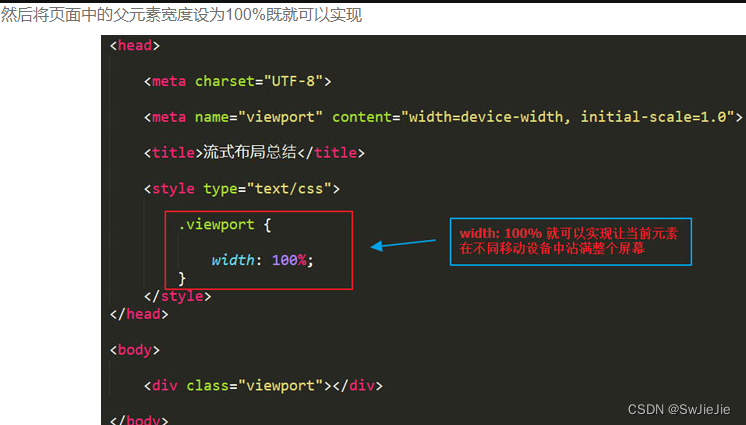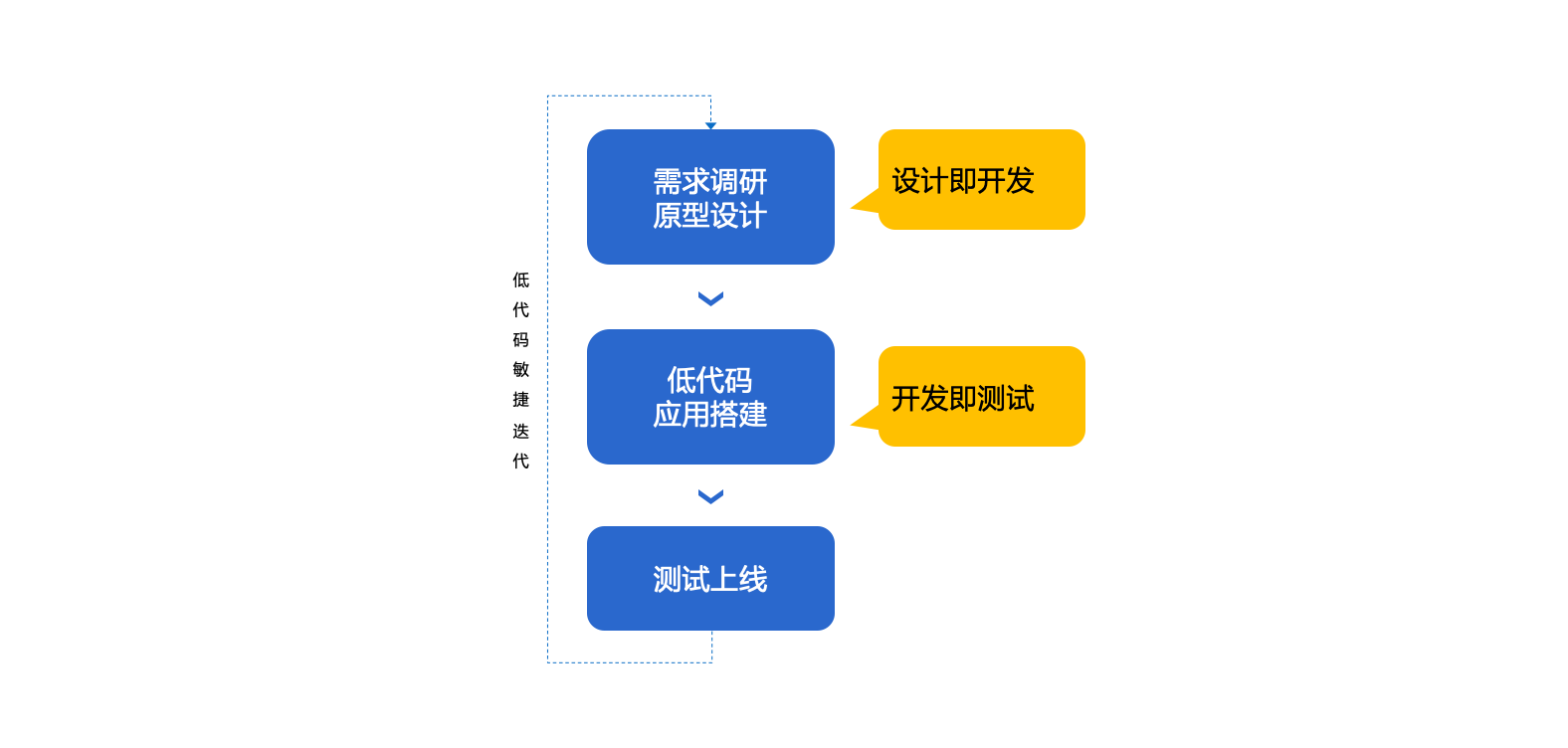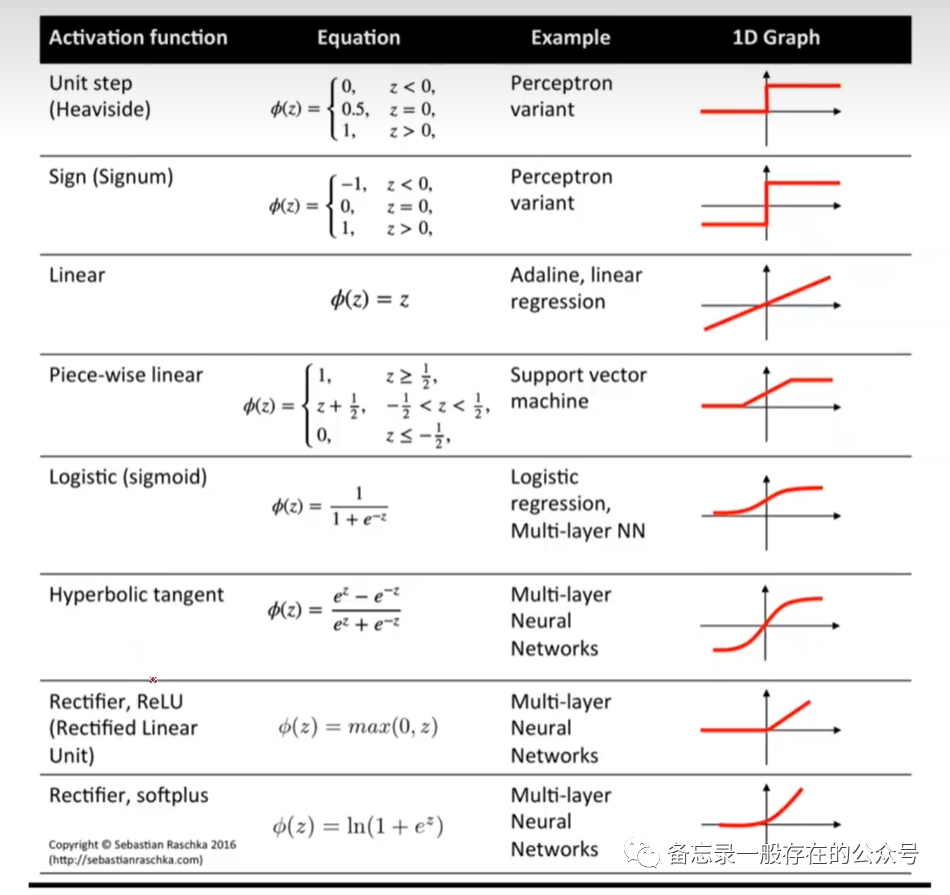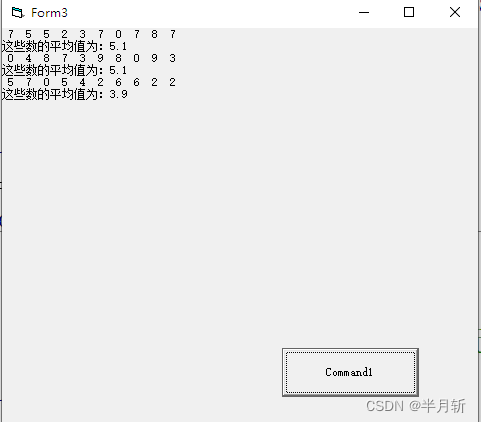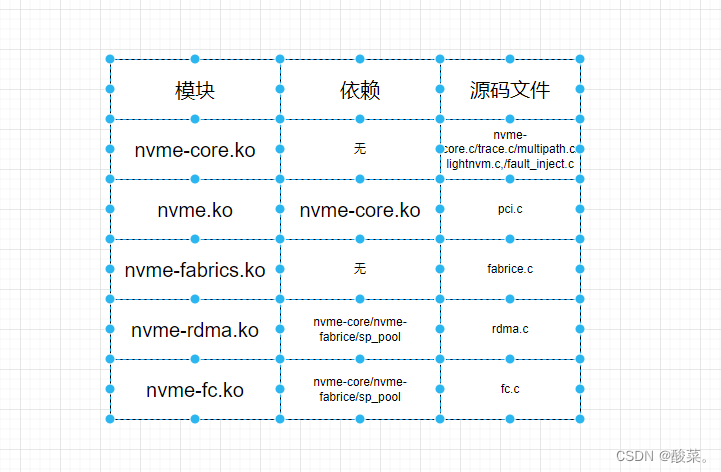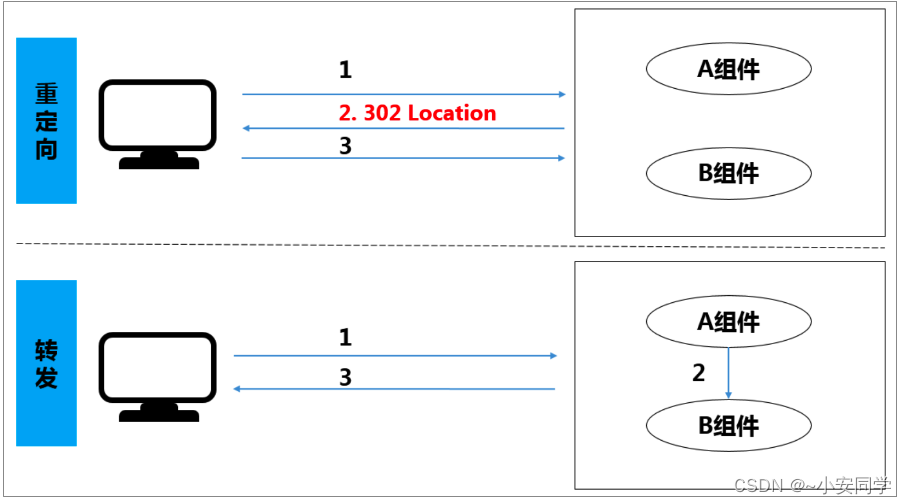题目链接
面试题 17.08. 马戏团人塔
mid
题目描述
有个马戏团正在设计叠罗汉的表演节目,一个人要站在另一人的肩膀上。出于实际和美观的考虑,在上面的人要比下面的人矮一点且轻一点。已知马戏团每个人的身高和体重,请编写代码计算叠罗汉最多能叠几个人。
示例:
输入:height = [65,70,56,75,60,68] weight = [100,150,90,190,95,110]
输出:6
解释:从上往下数,叠罗汉最多能叠 6 层:(56,90), (60,95), (65,100), (68,110), (70,150), (75,190)
提示:
- h e i g h t . l e n g t h = w e i g h t . l e n g t h ≤ 10000 height.length = weight.length \leq 10000 height.length=weight.length≤10000
解法:排序 + 二分 + 贪心
先按 h e i g h t height height 升序排序,当身高相同时,再按 w e i g h t weight weight 降序排序。
比如 [ 2 , 6 ] , [ 2 , 5 ] , [ 2 , 7 ] , [ 1 , 4 ] , [ 3 , 8 ] [2,6],[2,5],[2,7],[1,4],[3,8] [2,6],[2,5],[2,7],[1,4],[3,8] 排序之后就变为 [ 1 , 4 ] , [ 2 , 7 ] , [ 2 , 6 ] , [ 2 , 5 ] , [ 3 , 8 ] [1,4],[2,7],[2,6],[2,5],[3,8] [1,4],[2,7],[2,6],[2,5],[3,8]。
接着我们按照第二维,即 w e i g h t weight weight, { 4 , 7 , 6 , 5 , 8 } \{4,7,6,5,8\} {4,7,6,5,8},求 最长上升子序列 的长度。
最长上升子序列为 { 4 , 5 , 8 } \{ 4,5,8\} {4,5,8},即 [ 1 , 4 ] , [ 2 , 5 ] , [ 3 , 8 ] [1,4],[2,5],[3,8] [1,4],[2,5],[3,8],叠罗汉最多叠 3 3 3 个人。
最长上升子序列解法
由于 n = 1 0 4 n = 10^4 n=104,我们直接使用动态规划的时间复杂度为 O ( n 2 ) O(n^2) O(n2),会超时。
会超时的代码:
using PII = pair<int,int>;
class Solution {
public:
int bestSeqAtIndex(vector<int>& height, vector<int>& weight) {
int n = height.size();
vector<PII> a;
for(int i = 0;i < n;i++){
auto h = height[i] , w = weight[i];
a.emplace_back(h,w);
}
sort(a.begin(),a.end(),[&](auto &p,auto &q){
if(p.first == q.first) return p.second > q.second;
return p.first < q.first;
});
int ans = 0;
vector<int> f(n);
for(int i = 0;i < n;i++){
f[i] = 1;
for(int j = 0;j < i;j++){
if(a[i].second > a[j].second) f[i] = max(f[i],f[j] + 1);
}
ans = max(ans , f[i]);
}
return ans;
}
};
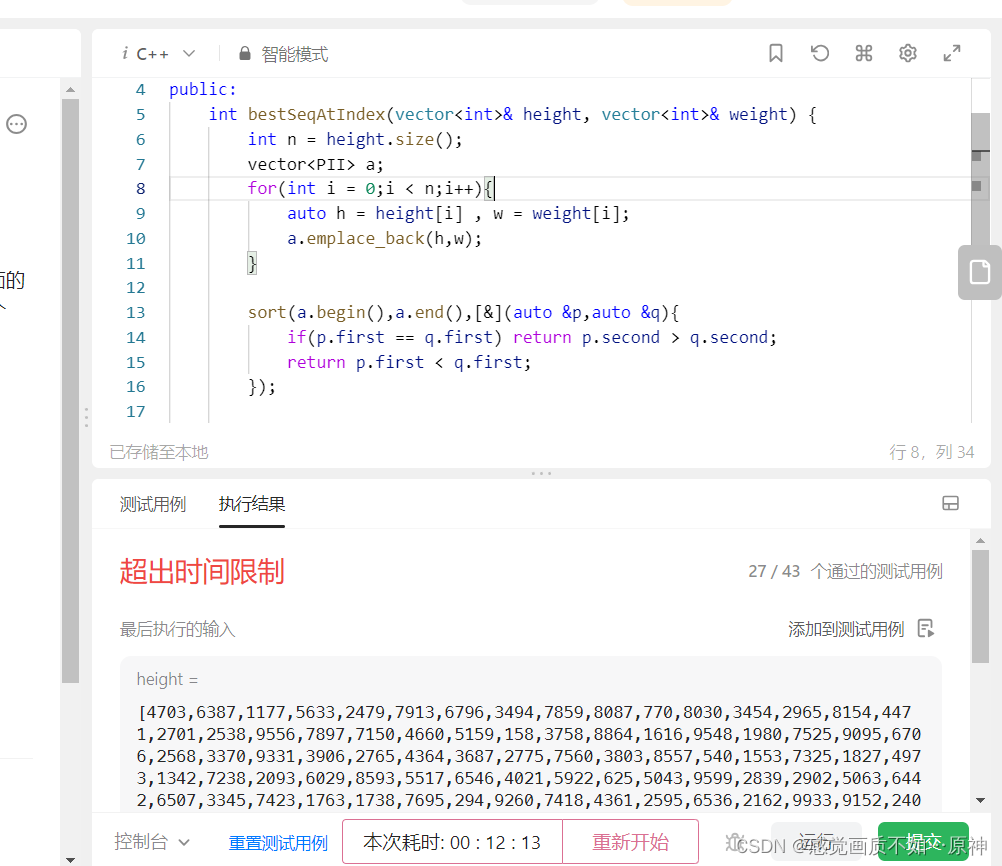
最长子序列,我们可以使用二分来优化,将时间复杂度优化为
O
(
n
×
l
o
g
n
)
O(n \times logn)
O(n×logn),能够通过本题。
时间复杂度: O ( n × l o g n ) O(n \times logn) O(n×logn)
C++代码:
using PII = pair<int,int>;
class Solution {
public:
int bestSeqAtIndex(vector<int>& height, vector<int>& weight) {
int n = height.size();
vector<PII> a;
for(int i = 0;i < n;i++){
auto h = height[i] , w = weight[i];
a.emplace_back(h,w);
}
sort(a.begin(),a.end(),[&](auto &p,auto &q){
if(p.first == q.first) return p.second > q.second;
return p.first < q.first;
});
int ans = 0;
vector<int> f;
for(int i = 0;i < n;i++){
if(f.size() == 0 || a[i].second > f.back()) f.push_back(a[i].second);
else{
auto it = lower_bound(f.begin(),f.end(),a[i].second);
*it = a[i].second;
}
}
return f.size();
}
};



